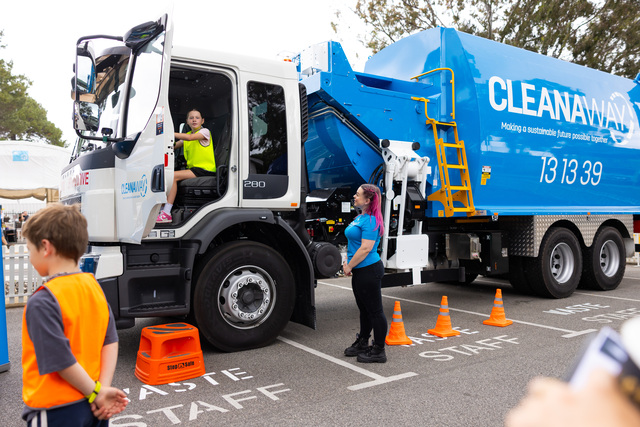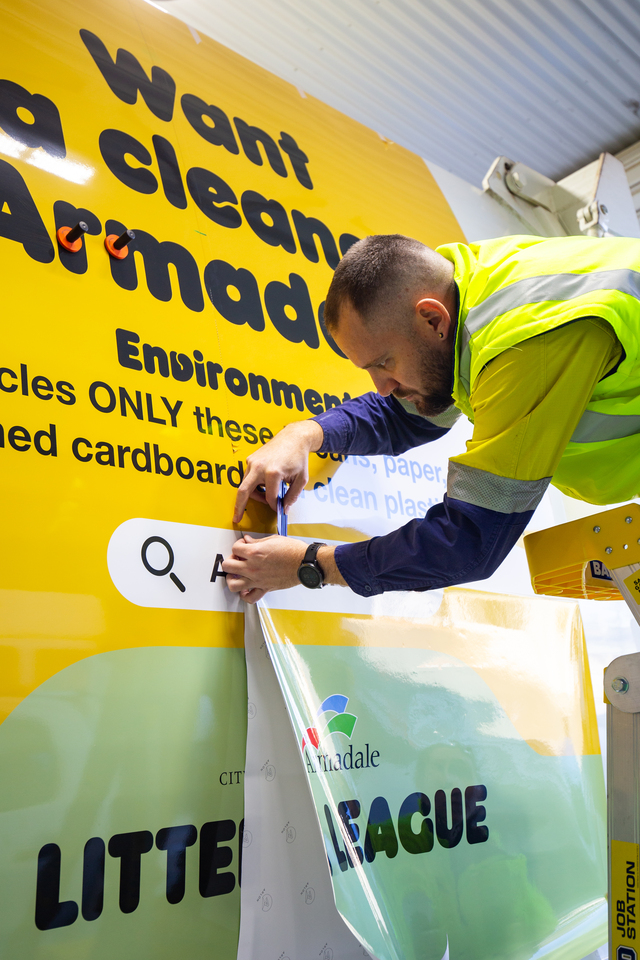Austroads’ new Asset Management Guide embraces whole of organisation practice.
Asset management is a key business process in any organisation employing infrastructure networks and physical asset systems delivering services to customers.
Equally importantly, asset management business processes must be integrated with other business functions, in particular finance, human resources, customer management and information technology.
Austroads’ Guide to Asset Management provides guidance to road managers on the application of contemporary ‘whole of organisation’ asset management practice to road networks.
While the term ‘asset management’ has a technical or maintenance meaning for many, there is greater recognition that a wider organisational approach is needed, a focus emphasised in the International Standard for Asset Management ISO 55001.
Asset management has continued to develop as decision-makers increase their focus on the value it can bring to an organisation, and as awareness increases of the importance of risk management.
The 2018 edition of the Guide to Asset Management has been written with these principles in mind; however, it also continues to provide a substantial depth of technical guidance.
Technical asset management practice continues to improve through ongoing research; technical guidance is provided to assist agencies in the most efficient and effective monitoring of pavement performance.
The 15 parts of the Guide have been published under three broad themes: management overview, asset management processes, and technical information.
The new edition includes the impact of autonomous vehicles and digital infrastructure, measures to reduce the environmental impact of asset management and the recently developed practice of reliability centred maintenance.
It also documents the outcomes of Austroads, research covering asset condition monitoring equipment, asset performance prediction models and practices that account for risk.
The Guide is relevant to all those involved in the management of road infrastructure assets (including structures and non-pavement assets), and those seeking to learn more about the fundamental concepts, principles, issues and procedures.
*Copy supplied by Austroads







